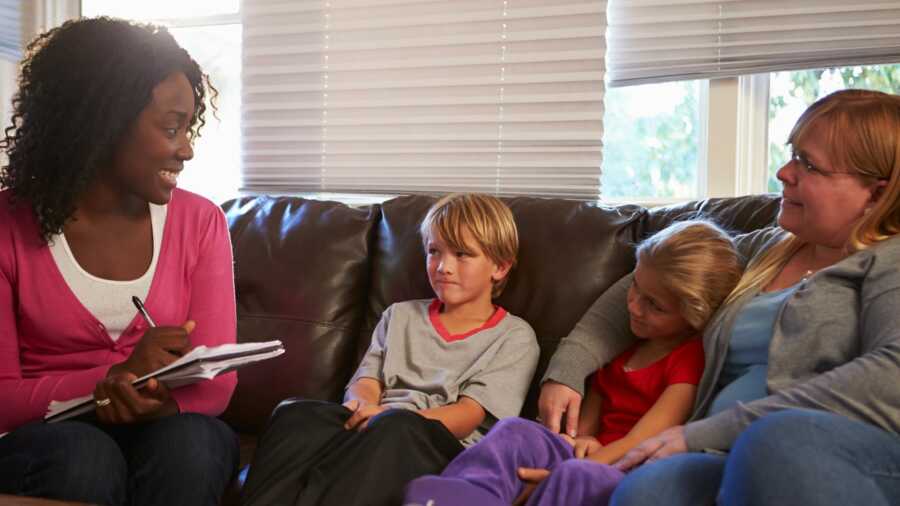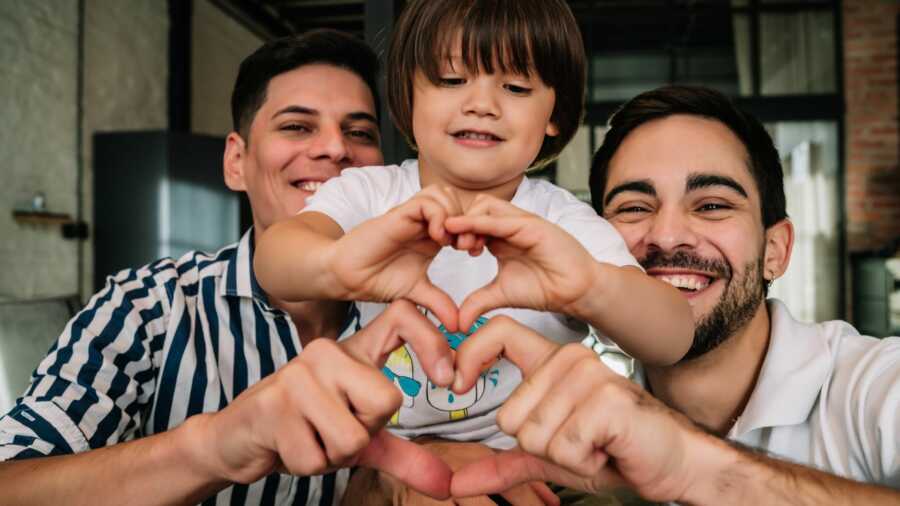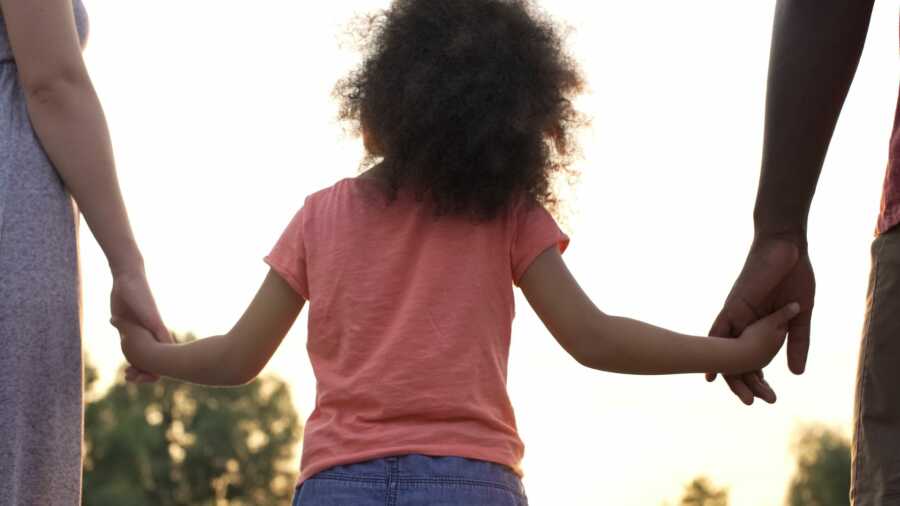What is an adoption transition plan?
“This is a well thought out plan to move a child from their current home to a new home or family. It is for all parties involved, including the child, the parent or guardian, other family members, and the new adoptive parents,” says Linda Rotz, Director of Adoptions at Lifetime Adoptions.
“Moving is traumatic for all parties. A child needs to know where they are going and know the people they are going with in order to feel safe. A family releasing the child to a new situation also has to feel the same way. And the new family needs to feel secure in their understanding of the child and his/her needs. The more comfortable everyone is, the better the placement, minimizing the trauma.”
Who can help you create an adoption transition plan?
If you’re adopting a child from foster care, your child’s social worker should help you create an adoption transition plan. Otherwise an adoption specialist within your adoption agency is trained to help you formulate a transition plan to make the process of adopting your child go as smoothly as possible.

What key elements should be included in an effective adoption transition plan?
“A transition plan is situational and involves evaluation of the circumstances and what is in the best interest of the child. It usually includes spending increasing time with the new parents over a week or two, depending upon the age of the child. There should always be support and resources in place to aid everyone in the transition as well as after placement in the new home,” Linda explains.
Adoption transition plans should be personalized to the child and their situation, and will look very different depending on the age of the adoptee, the type of adoption, and the adoption process. But there are a few common things prospective adoptive parents should expect to see.
Age Appropriate Explanations
Adoption can be a difficult, delicate subject and knowing how to explain it to a child or answer unexpected questions may be nerve-wracking. It’s important to speak age appropriate truths and validate their story in a way that helps them process what has happened to them and develop their identity.
Acknowledging important past attachment figures (whether they be biological parents, neighbors, teachers, social workers, etc.) and incorporating them into the transition where appropriate can help reduce the sense of loss they will experience. Creating a life book can also help your child understand their past.
Some children may need to be given “permission” to love another family and told they are not bad, unlovable, or at fault for any of the things that have happened to them. Adopting families should frequently express their love and let children know they are wanted.

Creating A Safe, Comfortable Space
In addition to planning visits, an adoption transition plan should address how parents can engage with the child, listen to them, and understand their nonverbal cues. Communication is incredibly important in fostering connection. Parents will want to consider how they can encourage open discussions about the child’s past, racial/cultural identity, or any other difficult topic their child might want to approach in the future.
Because adoption is centered in loss, many of these children struggle with fears of abandonment. Communicating that you are here to stay and love them no matter what can help them feel safe and confident. Finding ways to incorporate them into family activities, traditions, and future plans now can help them see their place in your future and feel like they belong.
Preparing Your Other Children
If there are other children in your home, you will want to take extra care to make sure they understand what’s happening and can help you in your efforts to make the adopted child feel like they are becoming part of a loving home.
They will need to understand routine is extremely important in the adjustment phase and that might mean adapting your normal family routine to better match the adopted child’s. You should also discuss the possibility they will receive less attention for the time being, as a lot of your time and energy will be focused on helping the new child adapt. Asking them to be patient and empathetic through this process can help minimize feelings of frustration and jealousy.
You might also need to educate your other children on trauma responses and prepare them for behaviors they can expect to see. Try to help them understand these difficult behaviors are not a reflection of their new sibling’s character or personality, but a reflection of the trauma they’ve experienced.
Final Thoughts
Adoption is bittersweet, but the pain and trauma can be lessened when appropriate transition plans promoting connection and communication are in place. Make each member of your family and close circle part of it so everyone involved can feel supported and prepared for this important life change.
And just remember, it takes time but things will get easier for everyone as you begin to settle in and find your new normal. Adoption isn’t easy, but none of the best things are.

This article was written exclusively for Love What Matters by Elizabeth Grow. Join the Love What Matters family and subscribe to our newsletter.
Read our best adoption stories here:
SHARE this article on Facebook to help support families preparing for adoption.

